Adapting to Better Sanding
Posted by The Team at 2Sand on 08 31 2021
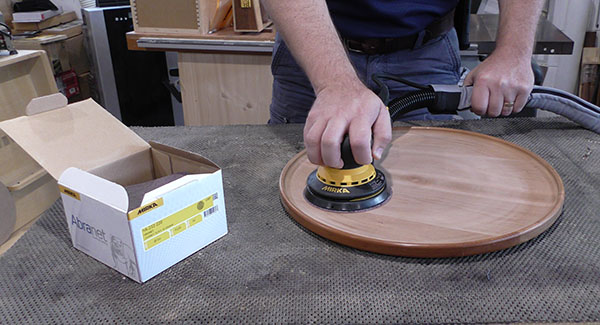
We all know how important dust collection is to get the best finish possible, and tool manufacturers know this too, why else would tools increasingly feature dust ports? So, why is it that there seem to be no standard port sizes among dust collection systems?
You can use a sanding mesh like Abranet, buy sanding disks with the right number of holes for your sander, and even build the jig we shared for lining up the holes, but if you cannot connect your tool to the dust system, even the best dust extractors will do no good.
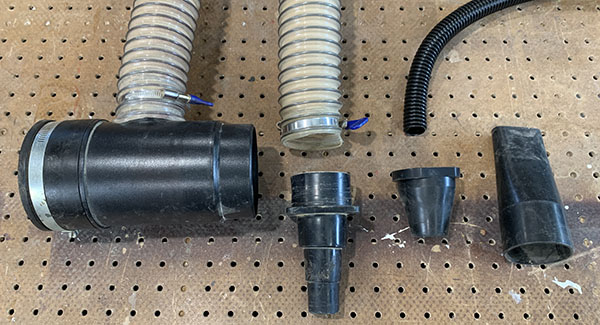
Shop-type vacuums typically come with hoses described as 1-1/2”, 2”, or 2-1/2” diameters, but this may mean Inside Diameter (ID) or Outside Diameter (OD). And often the tubes and nozzles that come with them are tapered so the ID at one end fits the OD at the other so you do not know which measurement is the “correct” one. And anyone who’s dealt with trying to hook up a machine with a ‘standard’ 4” or 6” flange, knows that even those rarely fit.
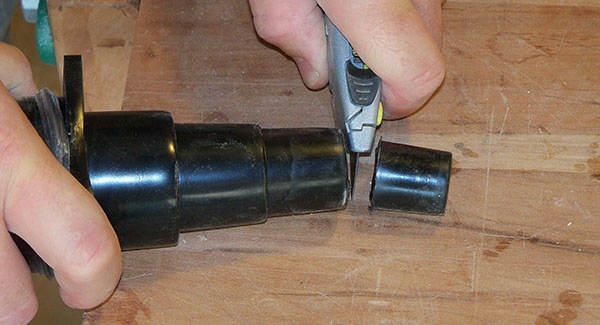
Fortunately, there are adapters to connect the 2-1/2” shop vac or extractor hose to your tool’s dust port. Some mount at the tool using a series of steps to reduce to size of the connection; just find the one that fits and cut off anything too small. The hose that comes with the Mirka Hand Sanding Block we looked at a while back has a cone shaped connector to match the vacuum hose. As long as the connections are good, either is a good solution.
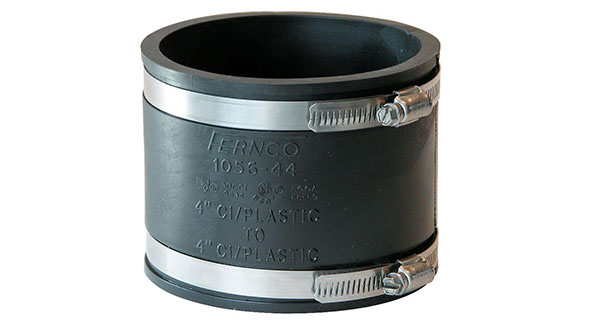
The ‘typical’ 4” dust collection hoses and fittings never seem to match any other part, even within brands! My personal universal solution to this problem is a plumbing item known as a Fernco connector, a rubber sleeve with hose clamps on each end to cinch onto pipes. Fernco connectors come in many sizes, including reducers to make connections with different sizes.
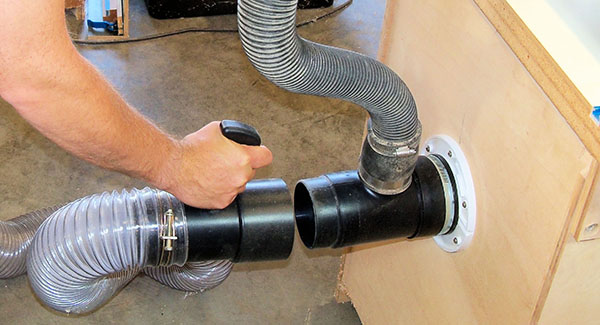
The 2Sand.com YouTube channel has a video showing how we used an adapter to greatly improve dust collection and finish quality. We invite you to check it out if you want more information. The better your dust collection at the point of sanding, the less dust you breath or need to clean up, and you get a more uniform scratch pattern at the workpiece, which is, ultimately, the goal of sanding.
